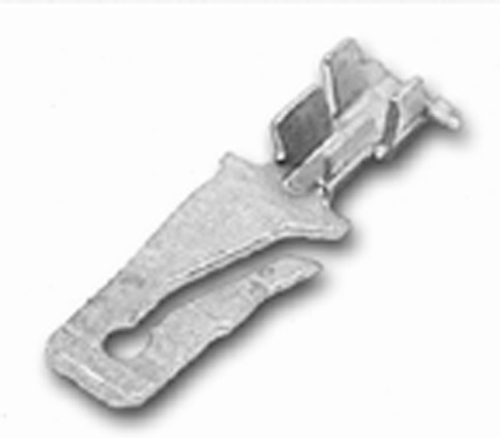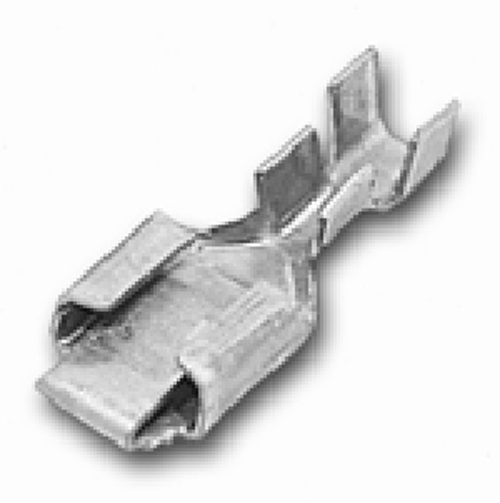tbm3fan
Old Man with a Hat
I just finished spending 2 1/2 hours washing the Dodge. Started right up to move into a better location for washing only. When done started the car again to warm up so I could check the transmission oil which I knew would be a little low. While running the engine shut itself off twice during idle. Now done with that so let's check the tire pressure before taking the car down for some gas.
Get in the car to start and first thing that jumps out at me is that the oil light did not come on in run. Bad omen?! Sure enough the engine will turn over but refuses to start. Not only that but it is now blocking five cars from moving. Of course it is 9:15 at night.
Get in the car to start and first thing that jumps out at me is that the oil light did not come on in run. Bad omen?! Sure enough the engine will turn over but refuses to start. Not only that but it is now blocking five cars from moving. Of course it is 9:15 at night.



















